

In-class or online, there are plenty of ways to prepare for another school year that are environmentally friendly, no matter what your classroom looks like! The annual back-to-school shopping trip, for instance, is a tradition that we can leave behind.
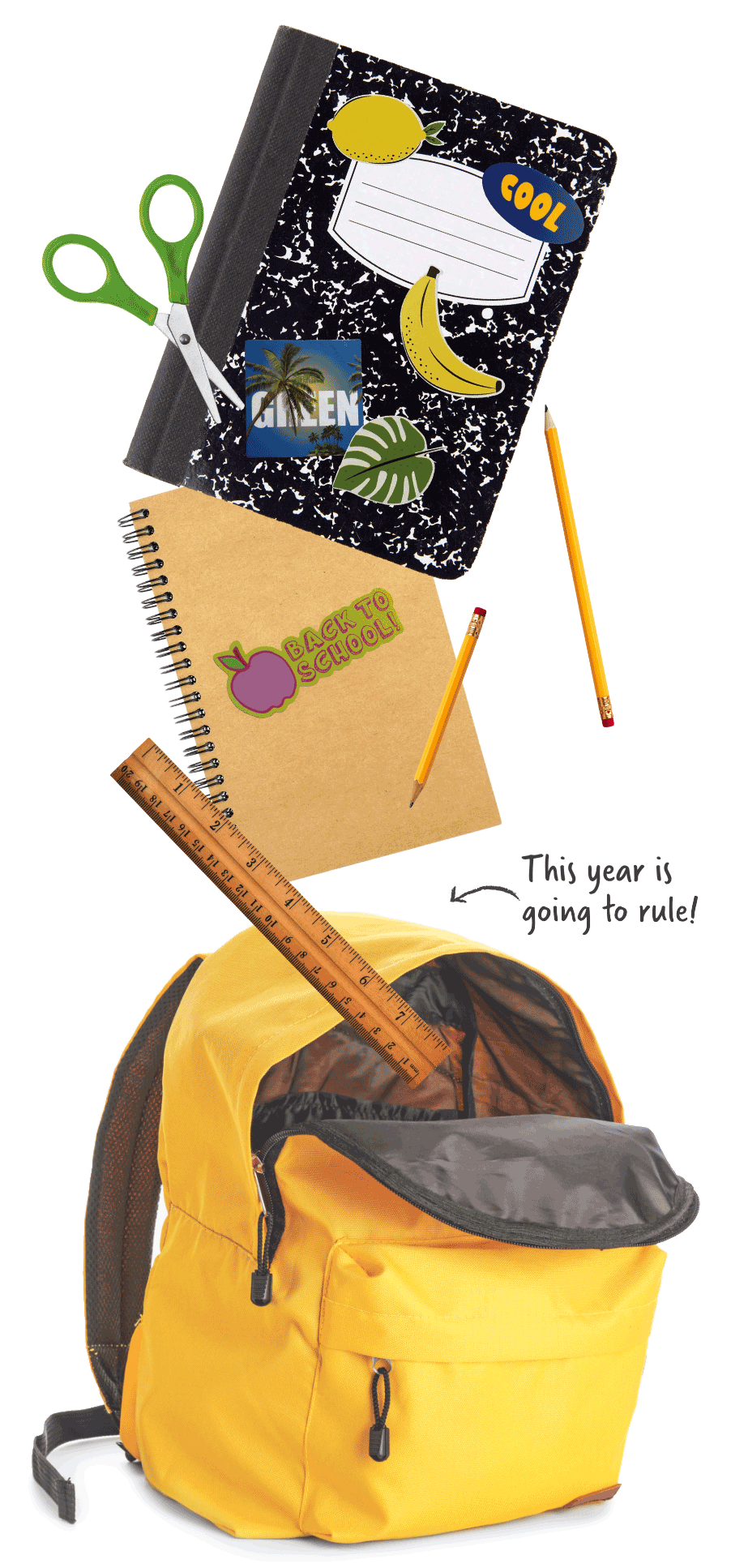
Here are a few ideas to make “going back to school” as waste-free as possible:
Host a school supply swap party, or make a “swap table” at your next BBQ. Your child may have outgrown their “My Little Pony” backpack, but your neighbor’s kindergartner (or high school senior) might love it! Invite friends over to trade clothes, calculators, lunch boxes and more…
Give new life to last year’s notebook. Tear out and recycle the used pages, and put some cool stickers on the cover! Last year’s Algebra notebook can be home to next semester’s History notes.
Plan for end-of-use. Look for products made from recycled—and recyclable—materials like paper and cardboard. It’s worth it to avoid plastic binders and report covers. All that plastic gets an “F” from the environment.
And let’s always remember the “Four R’s” of zero waste: Reduce, Reuse, Recycle and Rot!
We’ve built bigger and better online resouces for schools! See videos from scholarship winners, learn how to start a Green Club at your school and much more.
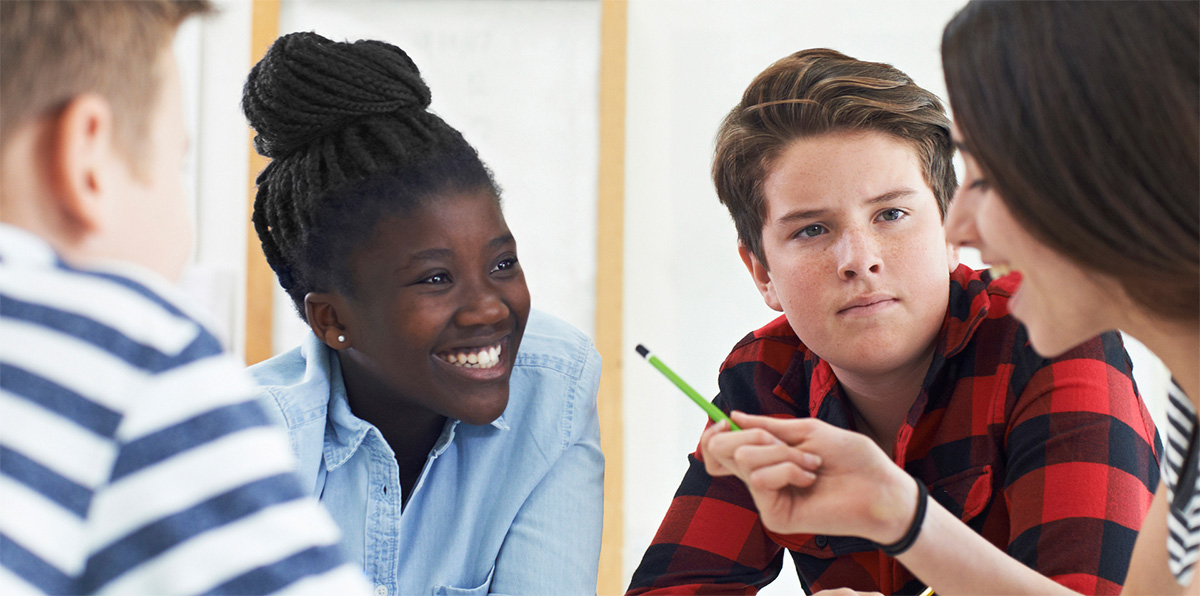
Last school year was pretty different for students and schools. While students, families and educators were working on finding ways to learn together from afar, our school recycling and waste diversion program took the opportunity to make improvements onsite!
The RecycleSmart school recycling team spent the 2020-2021 school year on program development. They collaborated with local schools, custodians, lunch teams, principals, green teams and families.
For instance, Mt Diablo, San Ramon and Acalanes Union School Districts are sourcing and purchasing compostable materials for lunches. Recycling coordinators set up (online) gatherings across schools to share tips, tricks and best practices around supplies, sorting and waste reduction across campus. We’re committed to helping move all of our region’s schools toward waste diversion and reduction goals. So when you head back, plan ahead for a zero-waste lunch and snacks, and be ready to try a new way to be part of the school solution! For zero waste tips, visit RecycleSmart.org/zero-waste-lunch
Schools in our service area have been doing their part to practice better recycling habits and improve the amount of green waste used for compost and saved from the landfill. They have come a long way since starting the program. The graph below shows that neither their efforts nor their food scraps have not gone to waste! As of September 2020*, out of 66 participating schools, 47 reached 50% or greater landfill diversion and 21 had reached 75% or greater diversion. Wow! That totals out to a 68% diversion rate area-wide!
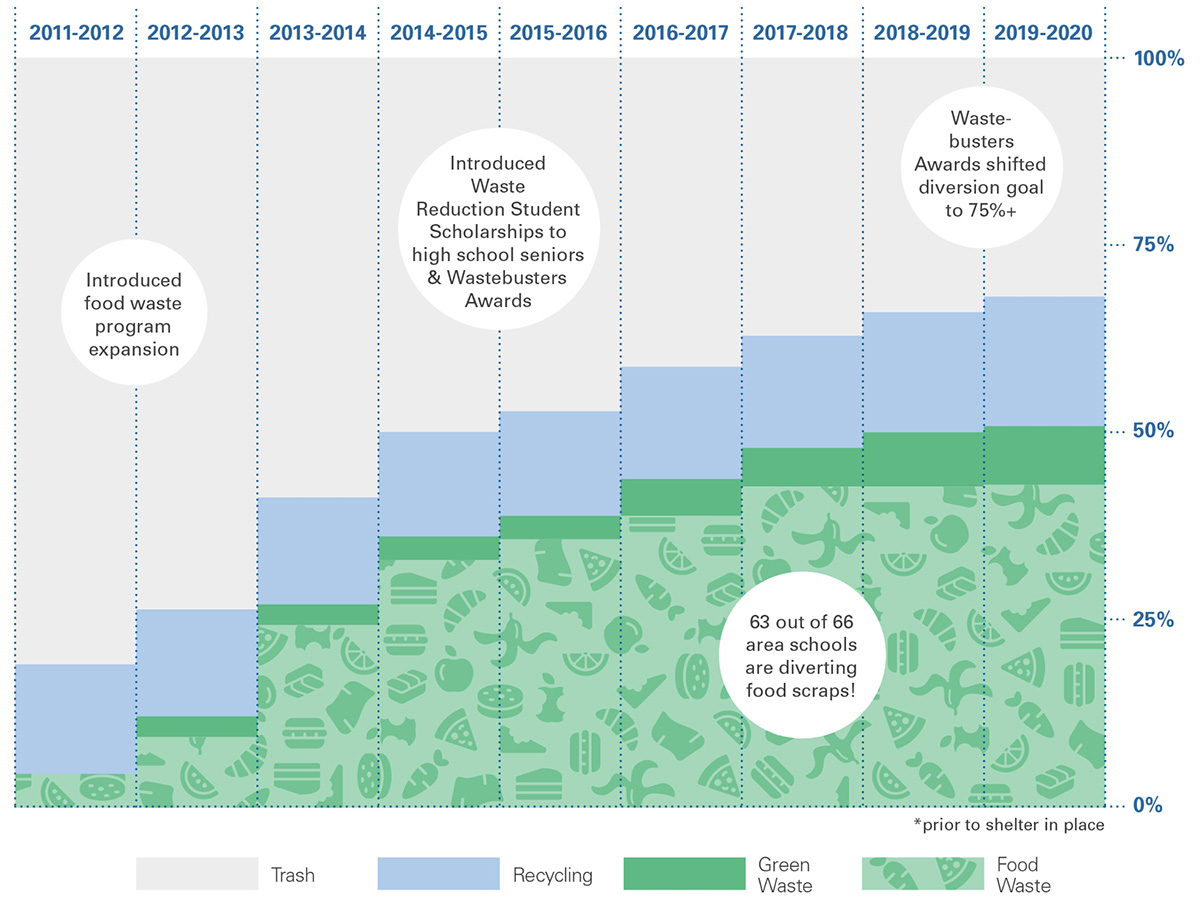
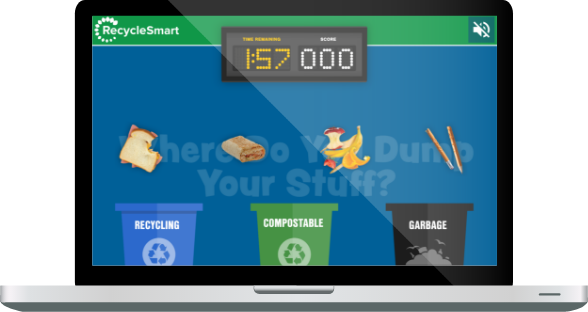
Have you practiced your lunchtime sorting? Which is compost, recycling, or landfill? Visit RecycleSmart.org/game to play and beat your high score!
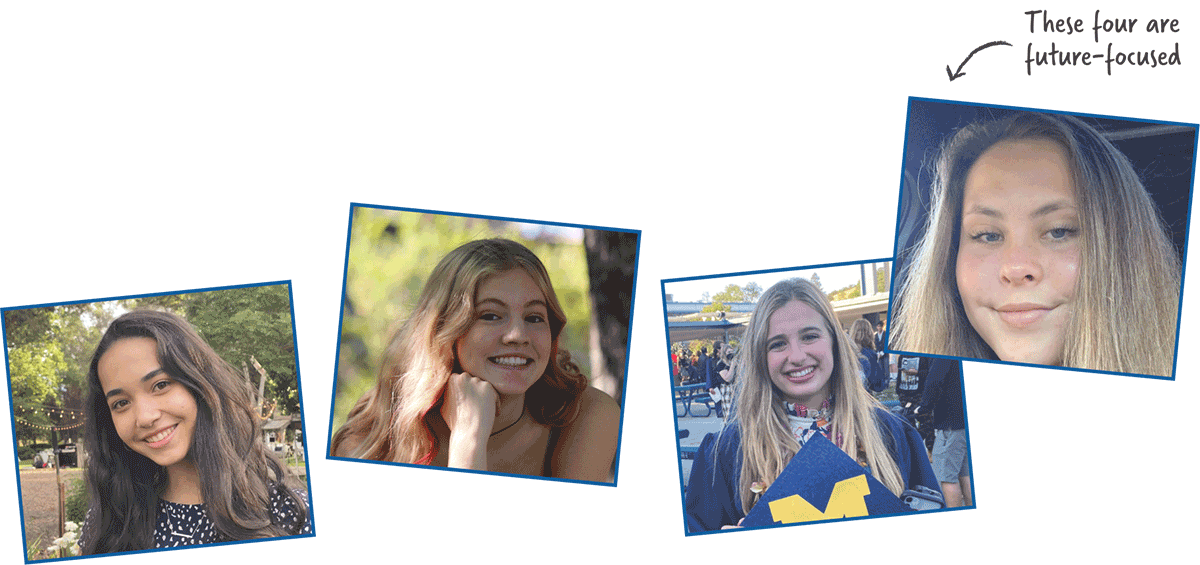
Congratulations to our 2021 Scholarship winners! These motivated students persevered through an unprecedented year, keeping their eyes on the environmental prize. Shown left to right:
Chloe is the co-founder of the Campolindo High School Zero Waste Club! As club leader, Chloe inspired the student community to reduce plastic use and switch to reusables at school, at home and while shopping. This fall she moves on to study business at the University of Oregon.
Ally co-founded the Protecting Our Oceans Club at Monte Vista High. Along with the food and custodial service managers, the club initiated composting and improved recycling across campus. Monte Vista will see 55 new bins in place this fall! Meanwhile, Ally is off to Texas A&M University to study environmental engineering.
Alyssa served as a [super] RecycleSmart intern this past year! As Commissioner of Sustainability at Campolindo High School, she co-hosted a virtual Earth Summit for Contra Costa high schools. This fall she is studying at the University of Michigan.
Lexi served on the Acalanes High School’s Environmental Board for two years. As a senior, she guided the Board to use social media to educate students about sorting and waste reduction. Lexi will study health and exercise science this fall at the University of Oklahoma.
If you or someone you know is a stellar recycling scholar, visit RecycleSmart.org/schools to learn about scholarships for Spring 2022.
Visit our Facebook page for the latest events, workshops, tips and reminders. Tell your friends, too! We post 3-4 times/week and will keep you up to date and inspired. Follow us at Facebook.com/CCCSWA.
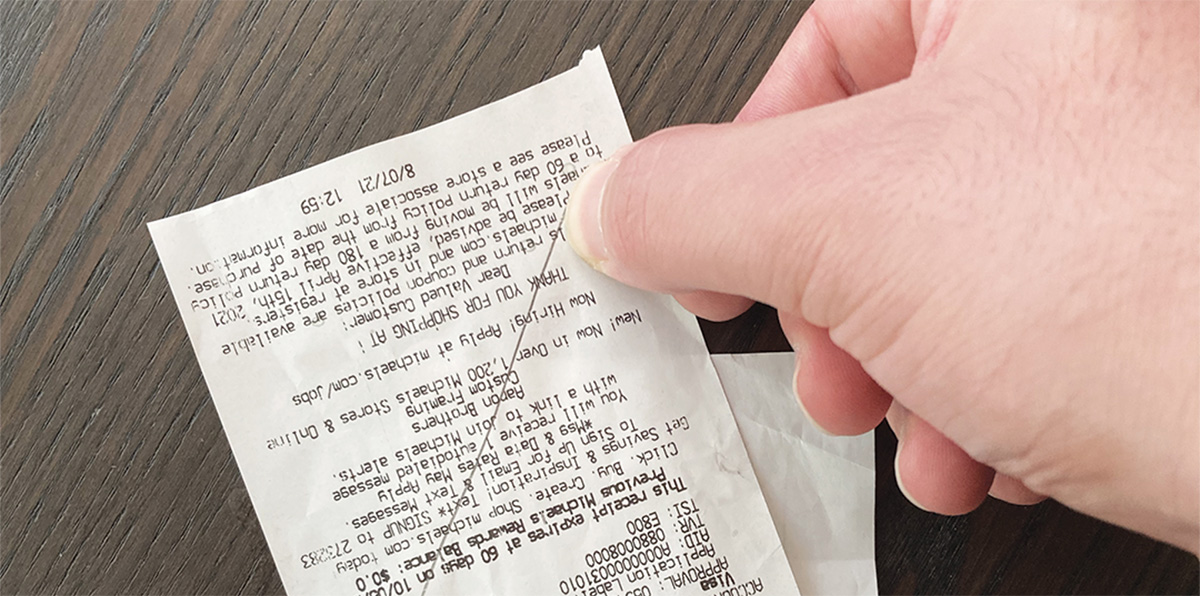
Question:
Your recent issue said receipts are trash—what? Why is that? Maybe you can answer this question in a future
issue. Thank you!
—Geena S., Lafayette
Answer:
You can drop off expired or unused medications, even pet medications and asthma inhalers! To prepare your items:
Not all receipts are created equal. If it’s printed by a machine, like at a restaurant or drugstore, it’s probably a form of heat-printed plastic that contains BPA. Those receipts go in the black cart.
Tip: Place a receipt on a hard surface and draw with your fingernail. If it leaves a mark, it’s thermal paper, and off to the black cart!
Another option to take the guesswork out of receipt sorting and reduce waste: opt for an e-receipt at checkout and have the transaction details emailed directly to you!
Thanks for keeping your cart clean!
Send your ideas to Authority@RecycleSmart.org
KIDS CORNER
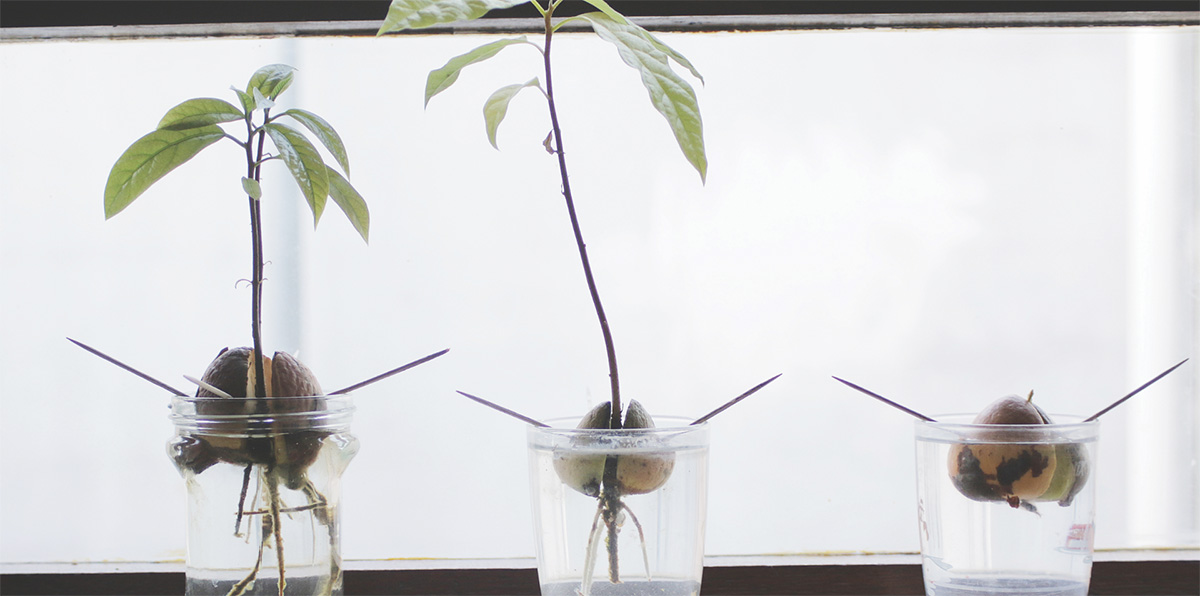
You can grow infinite plants from kitchen scraps!
Find:
For pits:
The new plant probably won’t fruit, but you will have a beautiful houseplant from just your food scraps!
For veggies:
Snip the top off to eat, while the rest of the plant keeps growing.